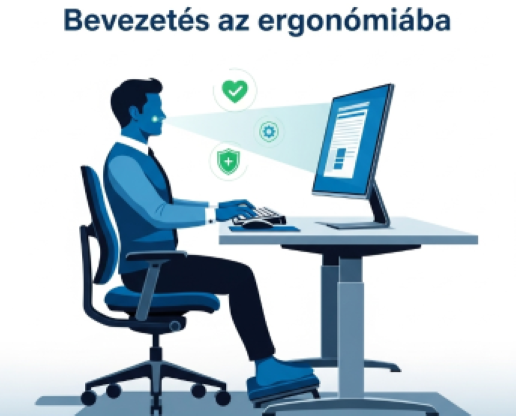A megnövekedett érdeklődésre való tekintettel meghosszabbítjuk a jelentkezés időszakot.
A 2025-2026 szeptemberi félévére vonatkozó ütemezés:
Kurzusfelvételi időszak: 2025.08.25. – 2025.09.21.
Teljesítési időszak: 2025.09.08. – 2025.12.15.
Javítási időszak: 2026.01.05.-ig
Eredményigénylési időszak: 2025.09.08. – 2026.01.14.
Jegybeírási időszak: 2026.01.19.









